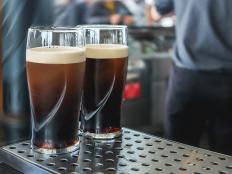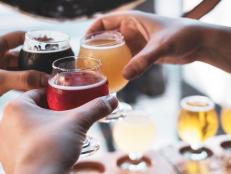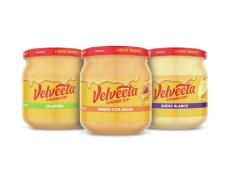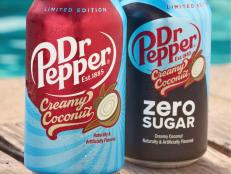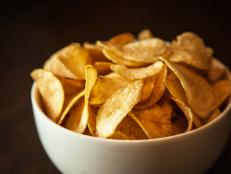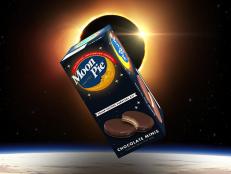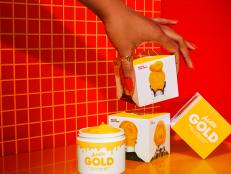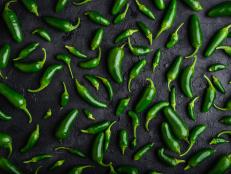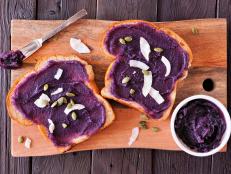Beer Basics
Learn how to choose a quality lager or ale.
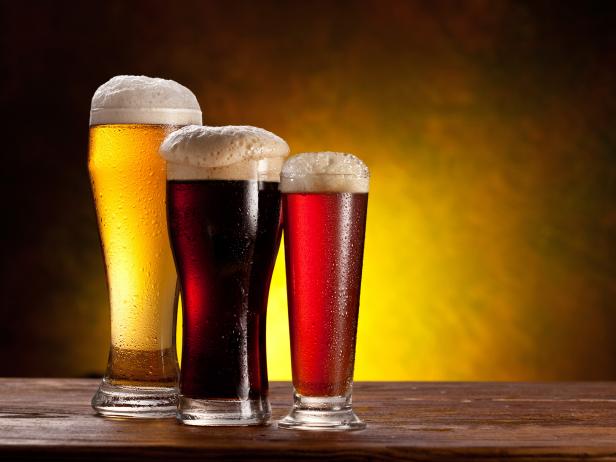
Valentyn Volkov
First things first: What is good beer? What you're looking for is balance: You're looking for a balanced relationship between mouth feel (carbonation, texture and how much space it takes up in your mouth), bitterness and other flavors, which might be fruity, toasty, nutty or malty. These flavors may not necessarily come from added fruit or nuts during the brewing process, though that's possible; they're usually a natural outgrowth of fermentation. What you're looking for is well-cultivated flavors, ones that make sense in the context of the rest of the beer.
If you're organizing a beer tasting and have access to lots of specialty beer, it's certainly worth picking a style of beer and tasting several (say, five) different interpretations of that style. Or, taste a selection of styles, arranged in order from lightest to darkest (and, if you're including a fruit beer, finish with that).
Beer can be divided into two main groups: ales and lagers. Ale, the original beer, is brewed in a way that results in fruity, earthy flavors. Lagers make use of more modern brewing systems to be lighter and drier. Below, you'll find few different representative types of each, either the most common or the most interesting.
Four Types of Ale
1. Wheat Beers are pale, often unfiltered (thus cloudy), and have fruity, mellow, crisp-edged flavors, well-matched for salads and fish. Look out for "White," "Wit," "Weiss," or "Weizen" on the label--that'll tell you it's a wheat beer. They're originally from Belgium and Germany, though many American producers have begun making them in recent years. Wheat beers are sometimes served with a slice of lemon; you may also see fruit-based wheat beers such as raspberry lambic or kriek in specialty stores and bars. Those are excellent matches for dessert, on their own or as part of a summer picnic.
2. Pale Ale and Bitter are classic British ales; bitter is always served on tap and turns into pale ale once bottled and filtered. Bitter has very little carbonation, and is traditionally served slightly colder than room temperature; its crispness cuts beautifully through rich, fatty meats like game. Pale ale is stronger, with more bracing carbonation, and goes well with everything from bread and cheese to fish and chips. India Pale Ale (sometimes called IPA) is a stronger, more bitter version of pale ale, crafted in the end of the 18th century specifically to withstand the several-months-long boat journey from Britain to India. There's also Brown Ale, which is made less and less these days; it's not as full-bodied as stout, with mellow carbonation and nutty flavors.
3. Porter started out in the 1700s as a blend of beers, blended for each individual customer according to his preference. As blending caught on in popularity in both Britain and America, breweries started to create their own proprietary porter blends, thus eliminating the bartender as blending middleman. Porter tastes like a combination of stout and pale ale; it's less toasty than stout and less bitter than pale ale, and it goes especially well with stews, fireplaces, burgers and cold evenings.
4. Stout is what you think of when you think Irish beer. It's black and dry-tasting, with toasty coffee-and-chocolate flavors, a fluffy-but-solid head, and, surprisingly, less alcohol than most other beers. Despite its foreboding appearance, stout is the perfect match for everything from raw shellfish (really!) to dessert. Imperial Stout is to stout as India Pale Ale is to pale ale: It's a punch-packing version of stout, brewed expressly for Catherine the Great in Russia.
Two Basic Lagers
1. Pilsner, a crisp, bitter lager, originated in Bohemia, in what is now the Czech Republic. If you've had mass-market beer, you've had the pilsner style, but don't write pilsner off — if made properly, it's bright-flavored and snappy, with the appetizing sharpness for grilled sausage and the backbone to stand up to spicy Asian flavors and oily fish. Check out German- or Czech-brewed pilsners for the old-school pilsner experience. Certain small American breweries have been making excellent pilsners of late, as well.
2. Bock beers are strong, dark and flavorful, with yeasty, malty flavors. They've got a roasty, caramely, barley-based sweetness braced with bitter structure, and are perfect alongside pork and root vegetables. Doppelbock is even stronger, and excellent with bolder cheeses.



























